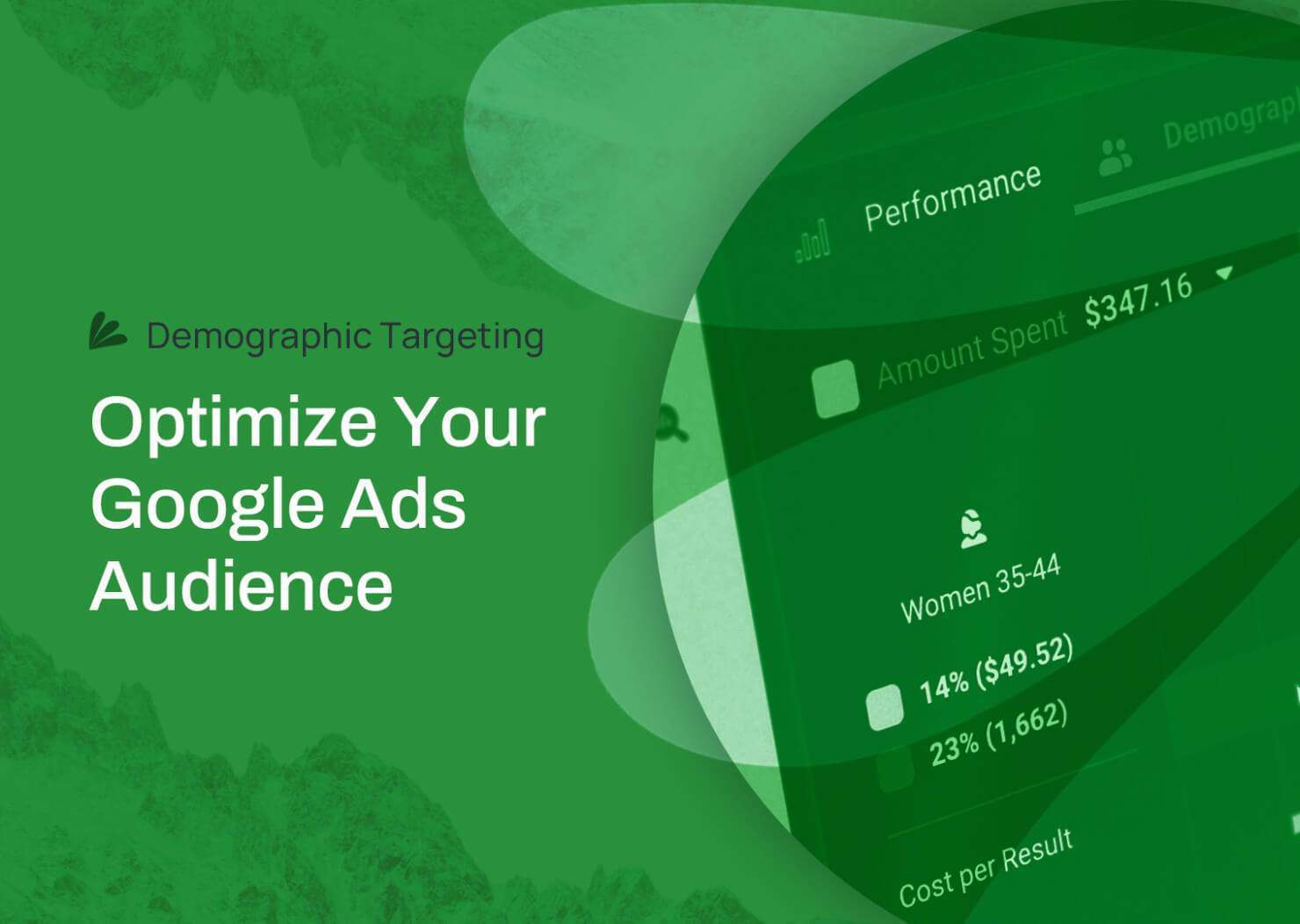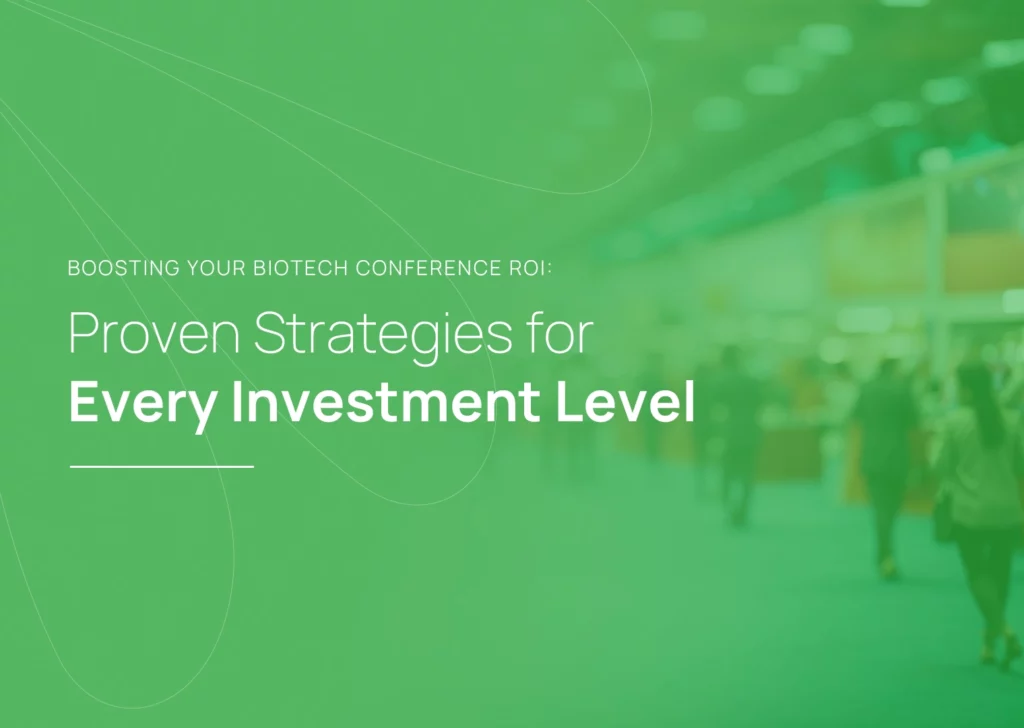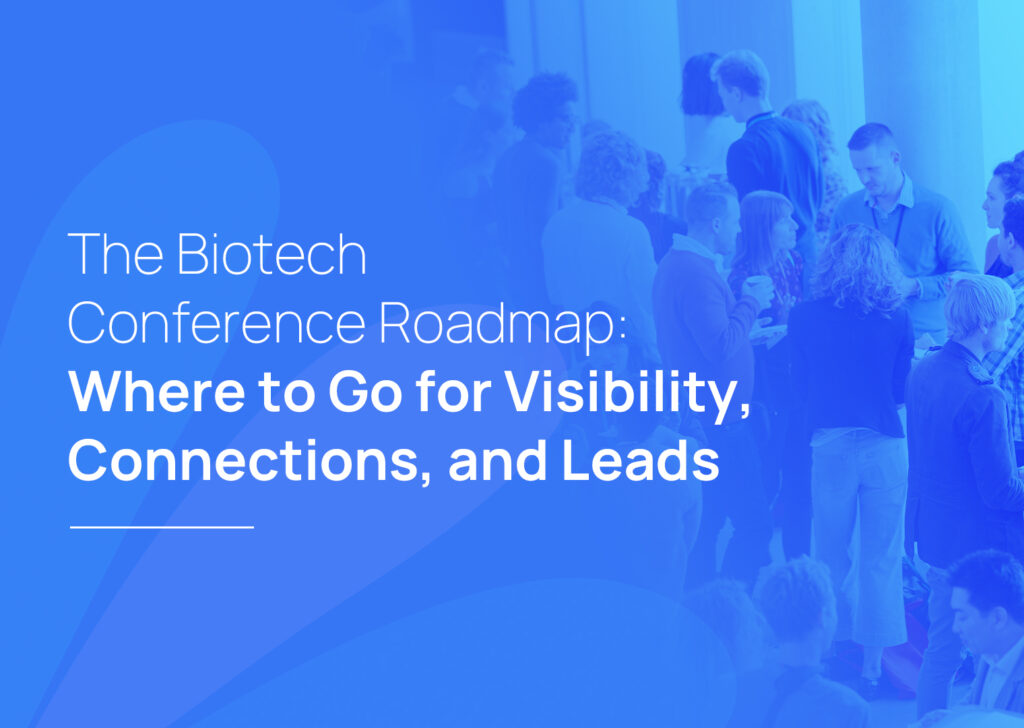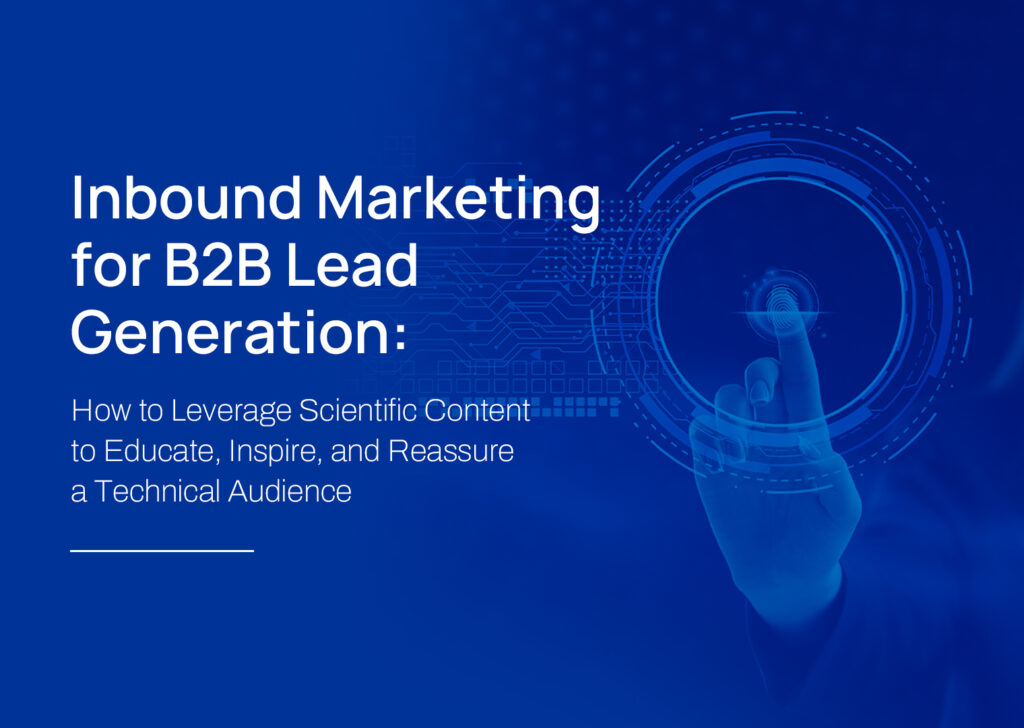Highlights:
- Define Your Audience: Understanding your target audience is crucial to ensure your ad budget is efficiently utilized to reach the right people with relevant content.
- Customize Your Audience: Once you’ve decided on your ideal customer persona, focus your ads on them with tools to select age, gender, income, and more.
- Fine-Tune Targeting Options: Dial-in your audience segments to tailor your messaging with purpose, increasing engagement and conversions.
- Monitor & Optimize: Continuously observe and adjust your audience targeting as needed to improve ad relevance and maximize ROI as your campaigns run.
Google Ads Demographic Targeting for Biotech
A Google Ads demographic targeting strategy is an essential piece of a successful Google Ads campaign, especially in biotech. To reach your intended audience, you need to define your ideal customers and use the targeting tools within Google Ads to reach them – serving relevant content to the right people at the right time in the buyer’s journey.
Demographic targeting allows you to deliver your ads to specific groups of intentionally chosen people based on characteristics such as their age, gender, and income. Let’s investigate these tactics and discover how purposeful audience optimization will take your campaigns to the next level.
Step 1: Research & Define Your Audience
Your company’s products or services might only be intended for a very specific group of people, and you can use these audience-refining tips to ensure your ad budget is not wasted.
Conducting thorough market research to define your audience in Google Ads is the first step. Before creating your first ad, take the time to understand who your potential customers are and what they search for. What level of seniority does your target audience hold? This may help determine age cut-offs or exclusions based on education level.
By delving into market demographics based on your research, you’ll gain valuable insights that pave the way for fine-tuned targeting. Use this knowledge to tailor your ad content to resonate with your customers on a personal level and ensure that the people who discover your ads are a perfect fit for your products & services.
Step 2: Customize Your Audience
With your ideal audience in mind, you’re ready to get started with audience optimization in the “audience” section of your Google Ads campaign.
How to Adjust Audience Targeting
After logging into your Google Ads account, navigate to the campaign you’d like to edit and select the “Audience” settings tab in the left-side menu. Once you’re in the “Audience” section, select the “Edit Demographics” option. Here you will find the top-level age, gender, and income demographic options that you can customize to target your desired audience.
Note: for all of these, there is an “Unknown” category, meaning Google is not able to put that user into demographic categories. This can be a large subset of the population.
Age
To begin optimizing your campaign’s audience, you can target specific age ranges that are more likely to be interested in your product or service. Generally, your biotech and life science clientele are usually middle-aged to older adults so you can exclude the younger age ranges. You also might want to exclude 65+ years since this is generally the age of retirement in the United States.
Gender
If your product or service is gender-specific, you can adjust your gender targeting to reach your intended audience. If your business is not gender-specific, you can target Female, Male, and “Unknown” members of your audience to ensure that you do not unintentionally exclude potential customers. For biotech and life science companies, it is rare that you would need to adjust this setting.
Household Income
Google Ads household income targeting allows you to refine your audience based on estimated income levels, ensuring that your ads are shown to individuals within specific income brackets. This feature helps your ads reach audiences whose spending habits and purchasing power align with the advertised products or services, increasing ad relevance and conversion rates. For biotech and life science companies, this can be tricky. If your target audience is more senior, then it could be assumed that they have a higher income. However, this isn’t perfect – if you are targeting senior-level employees at a start-up, their income may be more limited or be supplemented by a stock package.
Step 3: Get More Specific with Targeting Options
Once you’ve customized your demographic targeting settings in your ad campaign, select the targeting options for each segment. Given that biotech and life science companies tend to target adults, you might select “35-44” and “45-54” as professional age segments. If you want to also target graduate students, post-doctoral fellows, or young professionals, it would be worth including the “25-34” range. You can then choose to increase or decrease the bids for those segments based on your research & data to focus more of your budget on the appropriate potential customers.
Pro Tip: Along with dialing in your demographic targeting options in Google Ads, you can also set up specific exclusions. For example, if you run ads for a service that is specific for people who hold doctorate degrees, you can exclude audience segments whose highest level of education is High School Graduate, or exclude Current College Students, to better focus your ads.
Step 4: Monitor and Optimize Your Campaigns
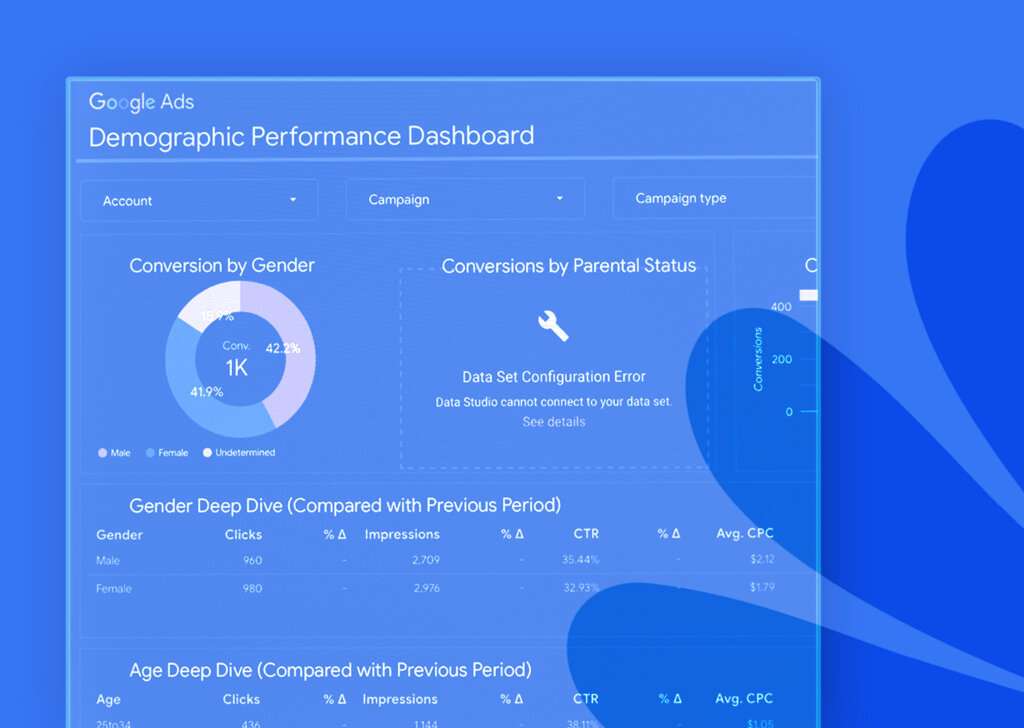
The journey towards Google Ads audience optimization doesn’t end with the initial setup. Once your campaigns are up and running with demographic targeting, it’s important to monitor their performance regularly. If certain segments aren’t producing the expected engagement rates or ROI, consider adjusting your targeting options.
Consistent monitoring and adjustment will help your messaging align with shifting trends and preferences, ultimately leading to more impactful campaigns and better returns on your advertising investment. We recommend comparing your expected audience (based on your market research) with the actual results your campaign generates, and making changes as needed. You can also try testing different audience segments, such as increasing your bid on an age range, to find the best results.
Ready to Enhance Your Ads with Audience Optimization?
By taking advantage of demographic targeting options in Google Ads, you can ensure that your campaigns reach the right audience and increase ROI on your ads budget. With sufficient research and a fine-tuned setup, audience optimization can drive higher conversion rates and increase ad performance.
As more businesses strive to make their mark in the digital realm, the ability to reach the right people with the right message at the right time becomes essential. By embracing the power of demographic insights, you can refine your Google Ads campaigns to stand out from the competition & provide your ideal customers with the best content to answer their search queries.
Remember that audience optimization isn’t just an option – it’s the driving force behind a successful ad campaign.
Ready to begin your journey into Google Ads demographic targeting for biotech? Request a consultation with our experts today.
Written by:
Ryan Sogge is a Digital Marketing Manager at Samba Scientific. Focusing on inbound content, lead generation, and SEO, Ryan has a proven track record of executing data-driven digital marketing campaigns. He advocates for attention to art and design, accessibility, community outreach, and storytelling in all aspects of digital marketing. Learn more about him on LinkedIn.
